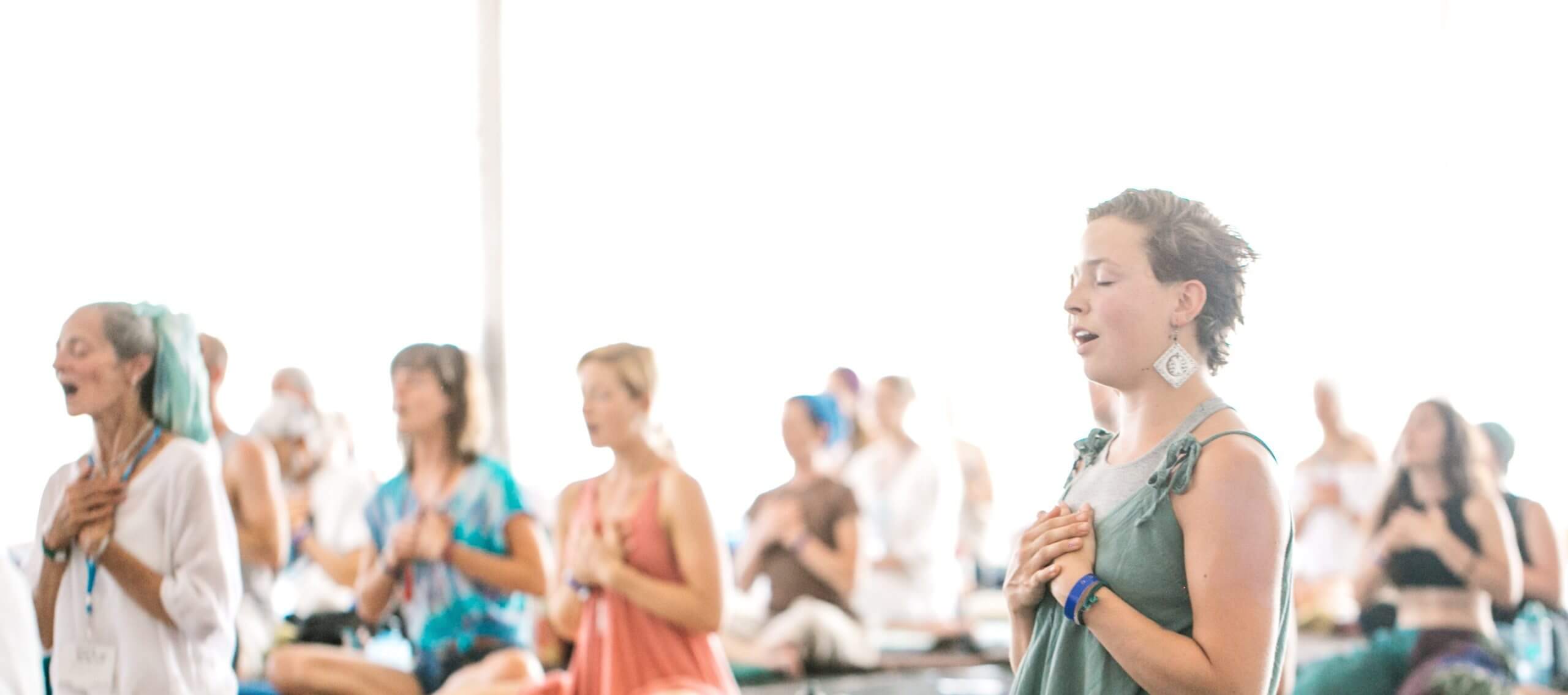Finding Healing and Wholeness in Deep Relaxation
“I know you are tired, but come. This is the way.”
–Rumi
Ek Ong Kar. We are all one. While this is true, the coronavirus is not the great equalizer, and we aren’t all having the same pandemic experience. Some are quarantining in relative comfort while others are suffering tremendously in their quarantine environment.
Some are working their regular job just now, remotely from home. Others have lost their jobs completely or lost the business they’ve spent years building. The pandemic is a shared experience, but we aren’t all sharing it the same way. It’s a trauma and a shock to the collective consciousness, and one that will require healing on many levels.
We won’t all heal the same way because we aren’t all wounded the same way. And if we are very honest with ourselves, we’ll recognize many of us needed healing long before the coronavirus put us into lockdown.
How do you heal a wide spectrum of wounding?
I’m not going to suggest you start a gratitude journal or that you use this time to learn a language or a new skill. I’m not going to tell you to appreciate all the social connections that have been forged during this period. I’m not going to say that you should reinvent yourself or imagine a brighter, more conscious future.
For some of you, these suggestions might be appropriate, but for others, they might not resonate or feel appropriate in this exact moment. But what I am going to suggest to all of you is this: try to spend some time every day perfecting your deep relaxation.
Deep relaxation is one of the most important parts of a Kundalini Yoga class. Some long-time practitioners refer to it as THE most important part of a Kundalini Yoga practice. Why? Because it is when your body does its deep healing. This healing goes beyond the body’s tissues. It reaches deep into your psyche and brings into rhythm those layers upon layers of energy and matter that make up your emotional and psychological state. Trauma and shock bring you out of rhythm. Healing is when rhythm is restored.

If you are seeking to heal, seek to relax. Do your Kundalini Yoga practice and take the full 11-minute deep relaxation. If you feel like it, double up on the relaxation. Some days I even take a 31-minute deep relaxation if I feel like my body wants it. And if you fall asleep, even better.
During my training, my teachers would encourage us to fall asleep during the deep relaxation. “It’s a good thing, it’s a sign of a trained mind,” they would say. Your body is repairing, your energy is circulating, and rhythm is being restored. It is some of the most valuable time you can spend every day. On the days when I feel really connected, I can feel the energy surging through my body like an electric current. It feels tremendously healing, and it amazes me how an 11-minute relaxation can bump up my energy and focus for the rest of the day.
Tips to make your deep relaxation as effective as possible:
- Check the temperature of your environment. If you need to, cover yourself with a blanket or layer of clothing to stay comfortable.
- Your legs should be slightly spread, feet uncrossed.
- Arms are at your side, palms facing up.
- Eyes are closed down. Unless specific instructions are given, you don’t need to mentally focus on any particular point.
- Try to deepen your breath for the first few minutes to allow your body to relax completely. Then, let go.
Not sure where to start? Try the Kriya to Relax and Release Fear. And remember to take a long deep relaxation at the end.
Your experience is important!
Share your wisdom with others like you. Leave your comment below